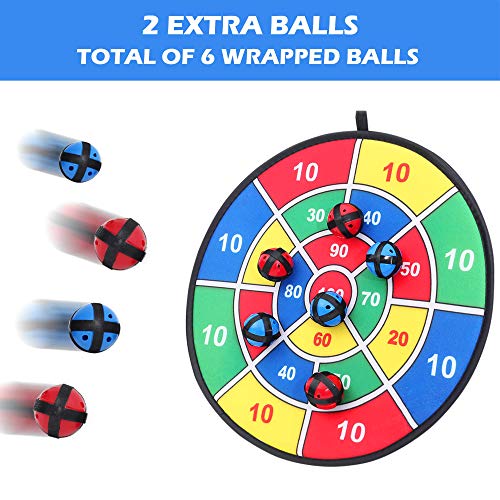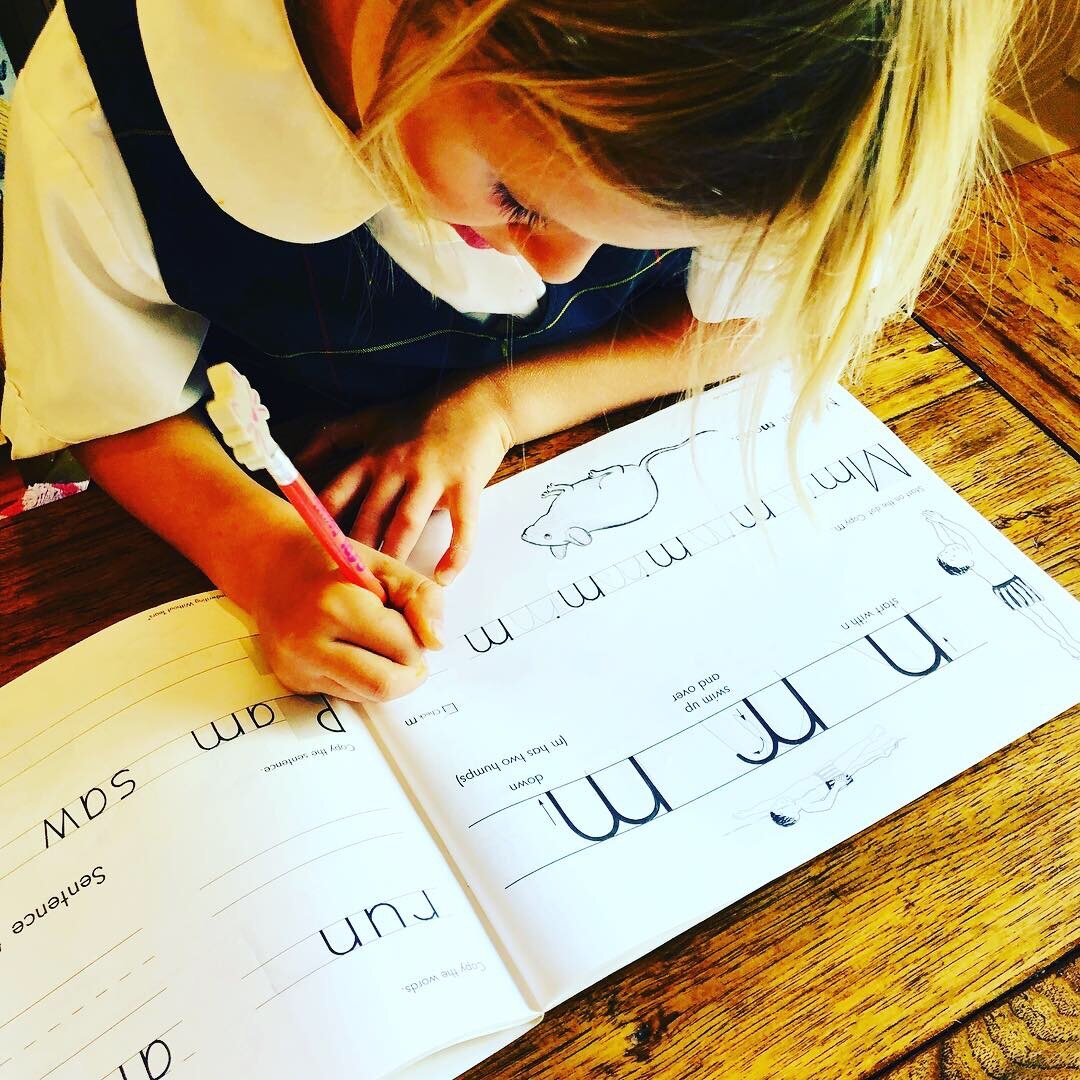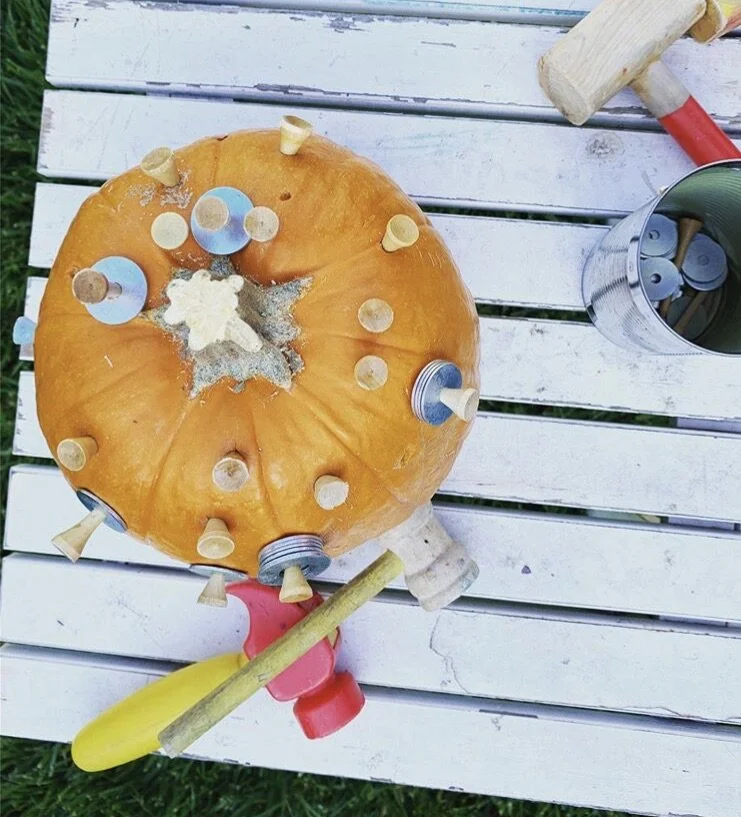So I’ve talked about hand strength but what about strengthening the shoulders? In the therapy world, we refer to it as strengthening the “shoulder girdle.” These are the muscles that support the shoulder. Without strength of these big muscles, it is incredibly difficult to have controlled movements of the hand and fingers. There are so many fun and easy ways to build shoulder strength, but first I’ll give you some examples of HOW this plays out in daily activities. Here are some activities that require strength and stability at the shoulder girdle:
Carrying plates and cups requires shoulder strength and stability to prevent spills
Effectively washing one’s own hair
Using the fingers for skilled movements like buttoning, writing, holding onto a fork or toothbrush requires adequate strength and stability at the shoulder girdle
Catching a ball and throwing a ball
Drawing on an easel
Crossing across one’s body to reach and manipulate or transfer objects
Building with Legos
Lacing beads on a string or wire requires this stability- if a child lacks strength and stability you might see them lean their forearm on a table or surface or against their body
Scooping items and digging in the sand
Skilled cutting also requires stability of the shoulder girdle
Developing the muscles at the shoulder girdle begins with tummy time in infancy. Once children develop a strong c ore which includes the shoulder, they begin to sit, reach, and manipulate objects. They begin to feed themselves using a raking motion with their fingers. Infants begin to transfer objects between their hands and reach across their bodies. As children get older they begin to develop ball control skills such as throwing and catching and increased self-help skills like buttoning, zipping, and eventually tying shoes. All of these skills only become possible when the core and shoulder girdle is strong.
While this begins in infancy, children are never too old to be on the floor, playing games on their tummies, crawling through tunnels, building forts encouraging playing on the floor in a prone position, scootering on their tummy, engaging in animal walks like crab walks, wheelbarrow races (our favorite is on our way to brush teeth or put on jammies).
As kiddos get older, yoga is a great way to build strength at the shoulder girdle and core. Encouraging stabilization of the shoulders without allowing the shoulder blades to “wing out” while doing yoga or even while cutting with scissors helps to engage the muscles at the shoulder girdle. Throwing balls at a target, basketball, even reaching up to pop bubbles is a great way to work on building shoulder strength.
Here are a few of our other favorite activities to build shoulder strength:
Zoom ball is an absolute staple in my therapy bag! This is a super fun game for building shoulder strength and to work on motor planning. You can even add an extra challenge by trying to do it with your feet while sitting and engaging the core muscles!
Throwing balls, especially at a target, helps to recruit the muscles of the shoulder and work on visual motor coordination. Here are also some fun ways to make a DIY version at home:
Making a bow and arrow is a great way to get outside and go on a treasure hunt to find the perfect stick! With some yarn, you have a simple bow and arrow and a fun way to work on shoulder stability. Here is a link from a great resource out there. Be sure to click on the picture to see the full post and some other great activities to try at home!
Another easy activity to try at home is making a ball drop or ball run out of toilet paper and paper towel rolls. This is so easy and with older kiddos, it can even help to develop motor planning skills! Putting things on a vertical surface builds shoulder strength and also builds visual skills because the eyes adjust to working in a different plane rather than looking down- put a fun spin on homework and try taping it to the wall!
Some fun ways to work on shoulder strength and stability are activities done in a quadruped position- crawling through tunnels, yoga cat and cow poses, pretending to be a tunnel for cars or even younger siblings!
These cards, Yoga Pretzels, have been a favorite for years! They are easy and fun ways to integrate yoga into an OT practice, or at home for a fun and easy invitation and brain break. I recommend these to teachers too to have on hand for movement breaks, a quiet (there may be some giggles) free explore activity, or to build motor perception skills as part of a physical education curriculum. There are partner poses as well which require some motor planning, working together, and builds communication skills.
So tell me, what are some favorite ways that your kiddos play on their tummy, games that encourage reaching and stretching?
References
Flatters et al., The Relationship Between a Child’s Postural Stability and Manual Dexterity. Experimental Brain Research. 2014; 232(9): 2907–2917
Van der Fits IB, Otten E, Klip AW, Van Eykern LA, Hadders-Algra M. The Development of Postural Adjustments During Reaching in 6- to 18-month-old Infants. Evidence for Two Transitions. Experimental Brain Research. 1999 Jun; 126(4):517-28.




































